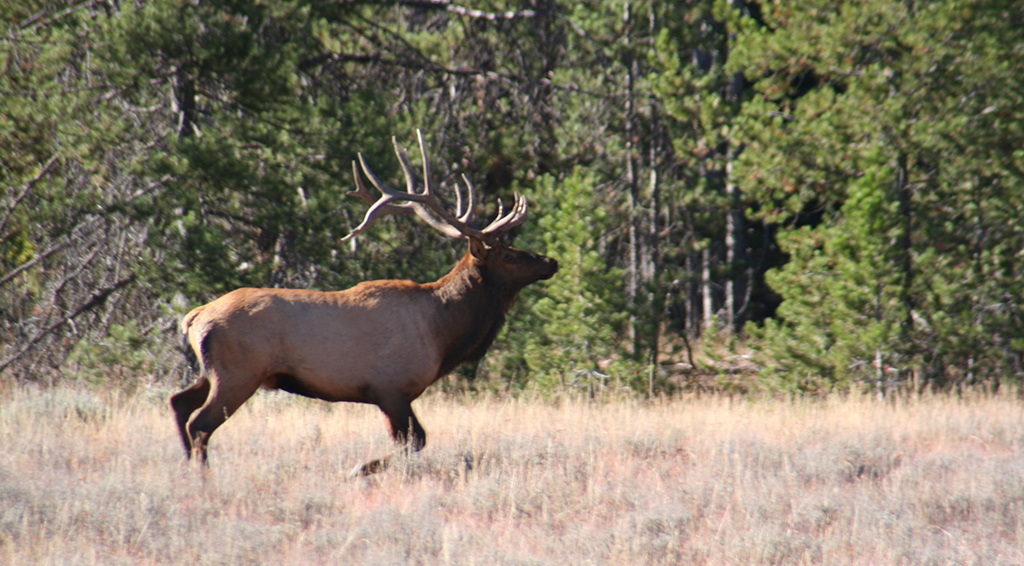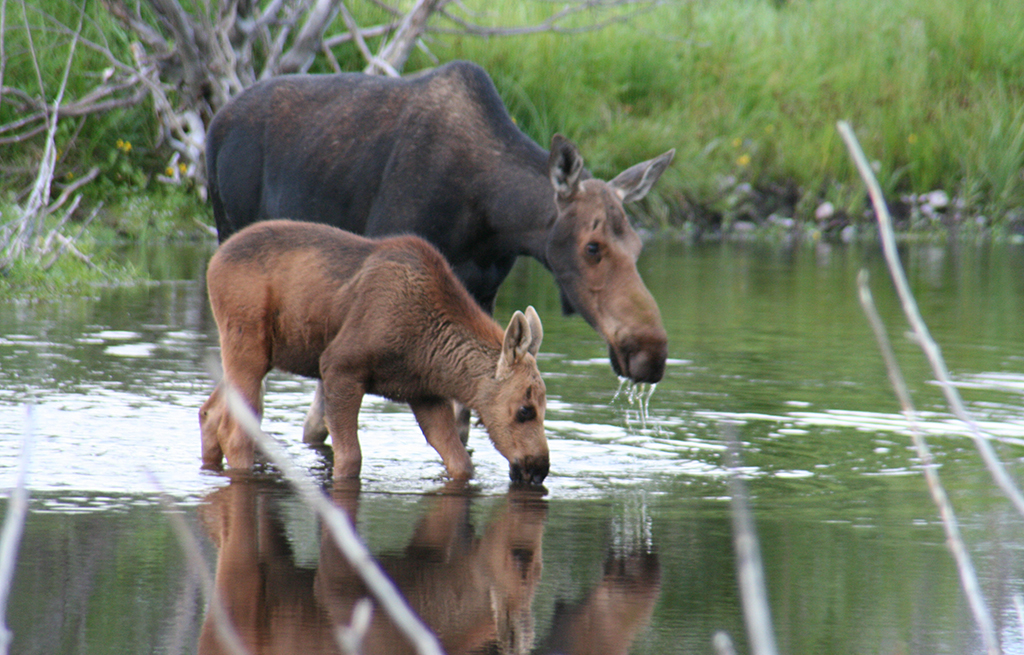Grand Teton National Park is rich with native wildlife. As you hike or even drive through the park, you are apt to see numerous animals that are native to the area. Bears are fairly abundant as are coyotes and wolves. You are more likely to see a coyote because wolves prefer to stay as far away from humans as possible. There are also many mule deer, elk, moose, bison, and mountain goats, as well as smaller animals like rabbits, squirrels, beavers, muskrats, skunks, and birds in the park. They are beautiful to watch, but there are a few things you should keep in mind for your own safety as well as the safety of the animals.
WILD ANIMALS ARE UNPREDICTABLE

Park visitors should be aware that many animals can be territorial, at least to some degree. While this behavior is usually associated with wolves or bears, other animals like moose or elk can also be territorial at times. Animals with young can be quite aggressive if you get too close, even if you don’t see the baby animal. Treat all animals as potentially aggressive and keep a safe distance. Do not try to feed them or interact with them. Feeding the wild animals makes them dependent on humans which can be dangerous for them in the long run. It can also be quite dangerous for you!
THE 100/25 YARD RULE IS FOR YOUR SAFETY

Grand Teton employs a park rule that requires all visitors to maintain a distance of 100 yards or more from predators such as wolves, bears, and 25 yards away from all other wild animals. This rule applies to visitors who are on foot as well as in a vehicle. This is intended to keep both visitors and animals safe. While it keeps people from getting too close, it also has another benefit.
When an animal attacks or harms a visitor, quite often that animal must be put down. However, when the threat of attack or harm is greatly minimized as with the 100/25 rule, these instances are significantly reduced.
To view the wildlife viewing rules in Grand Teton National Park visit www.nps.gov.
A MINIMAL FOOTPRINT IS THE BEST APPROACH
When visiting the park it is best to leave as minimal a footprint as possible. Do not interact with wildlife or disturb their nests or other natural habitats. Do not feed them or purposely startle them. You are in their habitat, so please move through it as quietly as possible and disturb as little as possible.